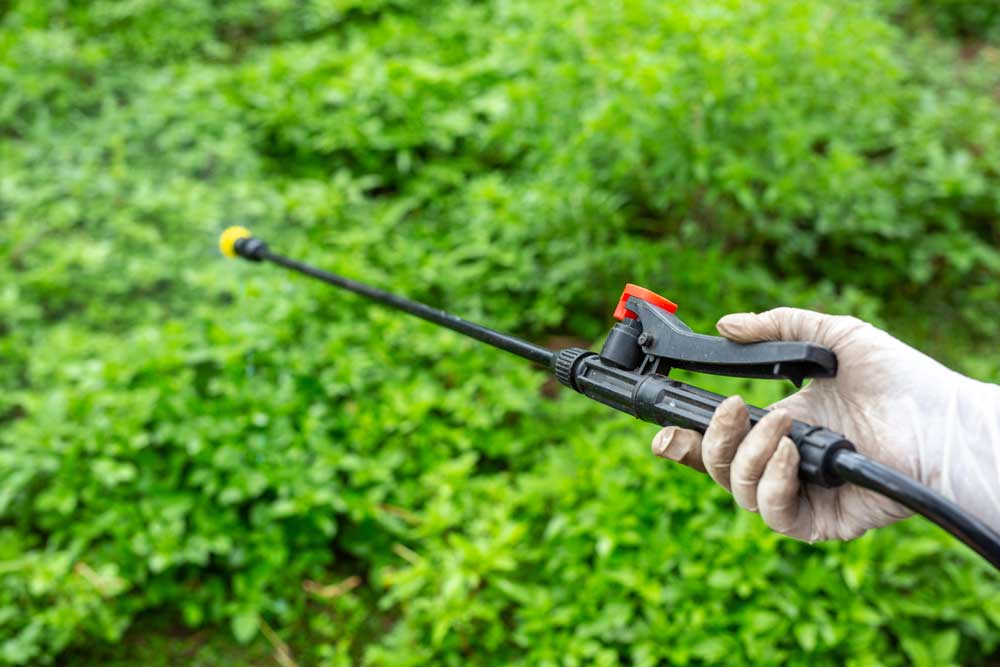Food Technology and Safety, Alternatives to Conventional Pesticides
Are you aware of the fact that pesticides may increase crop output and productivity in the short term, but they can also harm the ecosystem over time, poisoning groundwater, soil fertility, and even the air? They are harmful to animals and can kill other beneficial soil creatures, insects, and plants (like fish and birds). Yet, agricultural pesticides are collaboratively regulated by the U.S. Food and Drug Administration (FDA), the U.S. Department of Agriculture (USDA), and the U.S. Environmental Protection Agency (EPA).
Take cultural, biological, mechanical, and natural steps to avoid pesticide overload for both your health and that of the environment.
Cultural
● Plant a variety of species
● Rotate crops regularly
● Try companion-planting as a natural pest deterrent
Biological Control
● Many insects are predatory and parasitic
● Ladybugs control aphids
● Plant native flora
Mechanical Control
● Get rid of debris, pots and boards, and other objects
● Forcefully spray insects with water
● Use cloth crop covers
● Hand-pull weeds; do it before they go to seed for best results
Natural Pest Control Products or Minimum Risk Pesticide
To be categorized as a minimum risk pesticide, the following six conditions must be met (EPA 2019)
1- The product’s active ingredients must be only those listed in 40 CFR 152.25(f)(1)
2- Any other ingredients, including inert ones, must also be on this list
3- All of the ingredients, both active and inert, must be listed on the label
4- The product cannot claim to control pests that affect human health
5- The name of the producer and the company’s contact information must be displayed prominently on the label
6- The label cannot include any false or misleading statements
Pesticides made from living organisms or substances produced from living organisms are known as biopesticides (NPIC 2020). Many of these pest deterrents can be found in the natural world. Microbial species such as bacteria and fungi can be used as biopesticides. Bacillus thuringiensis (Bt) is an example of a bacteria that produces proteins that are harmful to juvenile insects or larvae.
How about preparing a homemade “Fungicide” using baking soda?
● Combine 1 tablespoon each of baking soda and horticultural oil
● Dilute in 4 liters of water
● Spray on leaves
Biopesticides are poisonous proteins that are safe for humans and other animals since they only affect particular larvae. Biopesticides such as bacteria and fungus are frequently target-specific, allowing them to manage certain weeds or insect pests. To control insects, plant-derived chemicals including corn gluten, black pepper, and garlic components can be employed as biopesticides.

